How are colored pearls made?
Colored pearls are a fascinating and beautiful creation of nature. While natural pearls are formed through a complex process involving oysters, colored pearls go through additional steps to achieve their vibrant hues. In this article, we will explore the formation of natural pearls and delve into the methods used to color pearls. We will also uncover the science behind colored pearls and discuss their value and rarity. Here are the key takeaways from this article:
Key Takeaways
- Natural pearls are formed within oysters through the secretion of nacre.
- Colored pearls can be categorized into different types based on their origin and coloration process.
- Dyeing, heat treatment, irradiation, and surface coating are common methods used to color pearls.
- Pigments play a crucial role in the coloration of pearls, enhancing their hues.
- The value of colored pearls is influenced by factors such as color, size, luster, and rarity.
The Formation of Natural Pearls
The Role of Oysters in Pearl Formation
Oysters play a crucial role in the formation of pearls. When an irritant, such as a grain of sand or a parasite, enters the oyster's shell, it triggers a defense mechanism. The oyster secretes a substance called nacre, which is made up of calcium carbonate crystals. Over time, layer upon layer of nacre is deposited around the irritant, forming a pearl.
The process of nacre secretion is a complex and fascinating one. The oyster's mantle tissue is responsible for producing the nacre, which is then deposited on the irritant. This continuous deposition of nacre creates the layers that give pearls their unique luster and iridescence.
The formation of pearls is influenced by various factors, including the size and shape of the irritant, the oyster's genetics, and the environmental conditions. These factors can affect the quality and characteristics of the pearl that is formed.
The Process of Nacre Secretion
The process of nacre secretion is a crucial step in the formation of pearls. Nacre, also known as mother-of-pearl, is a substance secreted by oysters and other mollusks to protect their soft inner tissues from irritants. It is composed of layers of calcium carbonate crystals, which give pearls their lustrous appearance.
During nacre secretion, the oyster deposits thin layers of calcium carbonate and conchiolin, a protein, onto the irritant that has entered its shell. This process is repeated over time, resulting in the formation of a pearl. The thickness and quality of the nacre layers determine the overall beauty and durability of the pearl.
Important Note: The nacre secretion process can take several years to complete, with the size of the pearl increasing gradually over time.
Factors Affecting Pearl Formation
The formation of pearls is influenced by several factors. One important factor is the health of the oyster. A healthy oyster is more likely to produce a pearl of higher quality. Another factor is the size of the irritant that enters the oyster. Larger irritants tend to result in larger pearls. The environment in which the oyster lives also plays a role. Water temperature, salinity, and the presence of pollutants can all affect pearl formation. Finally, the genetics of the oyster can impact the color and shape of the pearl. Different species of oysters produce pearls with distinct characteristics.
Introduction to Colored Pearls
Types of Colored Pearls
When it comes to colored pearls, there is a wide variety of options to choose from. Some of the most popular types of colored pearls include:
- Black Pearls: Known for their stunning dark hue, black pearls are highly sought after for their elegance and rarity.
- Golden Pearls: These pearls exhibit a beautiful golden color, adding a touch of warmth and luxury to any jewelry piece.
- Pink Pearls: Delicate and feminine, pink pearls are a popular choice for those looking for a soft and romantic touch.
Each type of colored pearl has its own unique charm and appeal, making them a versatile choice for jewelry enthusiasts.
Natural vs Cultured Colored Pearls
When it comes to colored pearls, there are two main types: natural and cultured. Natural colored pearls are formed when an irritant, such as a grain of sand, enters an oyster and the oyster produces layers of nacre around it. These pearls are extremely rare and valuable due to their unique colors and the natural process by which they are formed.
On the other hand, cultured colored pearls are created through a process called pearl culturing. This involves inserting a nucleus or irritant into an oyster or mussel, which then stimulates the production of nacre. The resulting pearls can be dyed or treated to achieve a desired color.
Here is a comparison between natural and cultured colored pearls:
| Natural Colored Pearls | Cultured Colored Pearls |
|---|---|
| Formed naturally in oysters | Created through pearl culturing |
| Extremely rare and valuable | More readily available |
| Unique colors and natural process | Colors can be manipulated through dyeing or treatments |
It is important to note that both natural and cultured colored pearls can be stunning and have their own unique qualities. The choice between the two ultimately depends on personal preference and budget.
Popular Colors of Colored Pearls
When it comes to colored pearls, there is a wide range of stunning hues to choose from. Some of the popular colors of colored pearls include:
- Pink: Pink pearls exude femininity and elegance, making them a favorite among many jewelry enthusiasts.
- Black: Black pearls are known for their mysterious and sophisticated appeal, adding a touch of drama to any jewelry piece.
- Golden: Golden pearls have a warm and radiant glow, symbolizing wealth and luxury.
- Blue: Blue pearls are rare and captivating, representing tranquility and serenity.
These are just a few examples of the mesmerizing colors that colored pearls can exhibit. Each color carries its own unique charm and allure, allowing individuals to express their personal style and taste through their choice of colored pearls.
Methods of Coloring Pearls
Dyeing Pearls
Dyeing pearls is a common method used to enhance their color and create a wider range of options for consumers. Dyeing involves immersing the pearls in a solution containing color pigments, which are absorbed by the nacre layers. This process can be used to achieve vibrant and unique colors that are not naturally found in pearls.
- Dyeing pearls allows for customization and personalization, as different colors can be applied to suit individual preferences.
- It is important to note that dyeing pearls is a treatment that alters their natural appearance and may affect their value.
Tip: When purchasing dyed pearls, it is advisable to inquire about the dyeing process and ensure that it has been done professionally and with high-quality dyes to ensure long-lasting color.
Heat Treatment
Heat treatment is a common method used to enhance the color of pearls. Heating the pearls at controlled temperatures can change their natural color or intensify existing hues. This process is often used to create vibrant and desirable colors such as golden, pink, or blue pearls.
During heat treatment, the pearls are carefully heated in an oven or using other specialized equipment. The temperature and duration of the treatment are crucial factors that determine the final color outcome. It is important to note that heat treatment is a permanent alteration and can affect the value of the pearls.
Important tip: When purchasing colored pearls, it is essential to inquire about any treatments they have undergone, including heat treatment. This information can help you make an informed decision and ensure the authenticity and value of the pearls.
Irradiation
Irradiation is a common method used to enhance the color of pearls. This process involves exposing the pearls to radiation, which alters the crystal structure and causes color changes. Irradiation can produce a wide range of colors, including blues, greens, and purples. It is important to note that irradiated pearls are still considered natural pearls, as the process mimics the natural coloration that occurs in some pearls. However, it is essential to disclose the treatment to buyers, as irradiated pearls may fade over time if exposed to excessive heat or light.
- Irradiation is a widely accepted practice in the pearl industry, and it allows for the creation of unique and vibrant colored pearls.
- The color produced through irradiation is stable and long-lasting, making it a popular choice for colored pearls.
- It is crucial for consumers to be aware of the treatment methods used on pearls and to purchase from reputable sources that provide full disclosure of any treatments applied.
Tip: When purchasing irradiated pearls, make sure to ask about their long-term color stability and any special care instructions.
Surface Coating
Surface coating is a method used to enhance the appearance of pearls. In this process, a thin layer of material is applied to the surface of the pearl to alter its color or add a lustrous sheen. The coating can be made from various substances, including metal oxides, lacquer, or synthetic materials.
One popular type of surface coating is the application of a metallic layer, such as gold or silver, to give the pearl a luxurious and shiny finish. This technique is often used to create unique and eye-catching jewelry pieces.
Another method of surface coating involves the use of organic dyes or pigments. These dyes can be applied to the pearl to create vibrant and bold colors that may not naturally occur in pearls.
It is important to note that surface coating is a temporary treatment and may wear off over time with regular wear and tear. Therefore, it is essential to handle coated pearls with care and avoid exposing them to harsh chemicals or abrasive materials.
The Science Behind Colored Pearls
The Role of Pigments in Coloration
Pigments play a crucial role in the coloration of pearls. These pigments are organic compounds that absorb and reflect certain wavelengths of light, giving the pearls their distinct colors. The type and concentration of pigments present in a pearl determine its color intensity and hue.
One important factor to note is that natural pearls obtain their colors from pigments present in the environment, such as algae or other organic matter. On the other hand, cultured pearls can be artificially colored using various methods.
Here are some examples of pigments commonly found in colored pearls:
- Melanin: This pigment is responsible for the dark colors, such as black and brown.
- Carotenoids: These pigments produce yellow, orange, and red colors.
- Chromophores: These are color-causing agents that can create a wide range of colors, including blue, green, and purple.
It is important to note that the presence of certain pigments can affect the value and rarity of colored pearls.
The Influence of Light on Color Perception
Light plays a crucial role in how we perceive the colors of pearls. The interaction between light and the surface of the pearl affects its overall appearance and color. Different lighting conditions can cause variations in the perceived color of a pearl. For example, natural daylight may enhance the luster and iridescence of a pearl, while artificial lighting may alter its color slightly.
To accurately assess the color of a pearl, it is important to examine it under multiple lighting sources. This helps to determine the true color and evaluate its quality. The color of a pearl can also change depending on the angle from which it is viewed, as light reflects differently off its surface.
In addition to lighting conditions, the type of light can also impact the color perception of pearls. For instance, fluorescent light may make pearls appear bluish, while incandescent light may make them appear more yellowish. Understanding the influence of light on color perception is essential for accurately evaluating and appreciating the beauty of colored pearls.
Color Enhancements and Treatments
Color enhancements and treatments are commonly used to enhance the color of pearls and create a wider range of options for consumers. These treatments can include dyeing, heat treatment, irradiation, and surface coating.
- Dyeing: Dyeing is a common method used to add color to pearls. It involves immersing the pearls in a dye solution, which penetrates the outer layers of the pearl to change its color.
- Heat Treatment: Heat treatment is another method used to enhance the color of pearls. Pearls are heated to high temperatures, which can alter their color and improve their overall appearance.
- Irradiation: Irradiation is a process that involves exposing pearls to radiation to change their color. This treatment can produce a wide range of colors, including blues, greens, and purples.
- Surface Coating: Surface coating is a technique where a thin layer of material is applied to the surface of the pearl to enhance its color or create a specific effect.
These color enhancements and treatments allow pearl producers to offer a variety of colored pearls to meet the preferences of different customers.
The Value and Rarity of Colored Pearls
Factors Affecting the Value of Colored Pearls
When it comes to determining the value of colored pearls, several factors come into play. One of the most important factors is the rarity of the color. Unique and rare colors that are not commonly found in nature tend to fetch higher prices in the market. Another factor is the intensity and saturation of the color. Pearls with vibrant and intense colors are generally more valuable than those with dull or faded colors.
Additionally, the size of the pearl also affects its value. Larger pearls are often more desirable and command higher prices. The shape of the pearl can also impact its value, with perfectly round pearls being highly sought after.
Furthermore, the quality of the pearl's surface plays a significant role in determining its value. Pearls with smooth, blemish-free surfaces are considered more valuable than those with visible imperfections.
Lastly, the origin of the pearl can influence its value. Pearls from certain regions, such as Tahiti or the South Sea, are known for their exceptional quality and are highly prized by collectors and connoisseurs.
Rare and Highly Valued Colored Pearls
Colored pearls that possess unique and exceptional qualities are considered rare and highly valued in the jewelry industry. These pearls exhibit extraordinary colors that are not commonly found in other pearls. Their rarity is often attributed to a combination of factors, including the scarcity of the oyster species that produces them, the specific environmental conditions required for their formation, and the intricate process of coloration. Their exquisite beauty and limited availability make them highly sought after by collectors and enthusiasts.
In terms of value, rare and highly valued colored pearls can command premium prices in the market. The scarcity of these pearls, coupled with their exceptional coloration, contributes to their exclusivity and desirability. Their unique characteristics set them apart from other pearls, making them a prized possession for those who appreciate the beauty and rarity of these natural treasures.
To acquire a rare and highly valued colored pearl is to own a piece of nature's artistry, a testament to the wonders of the ocean and the remarkable process that creates these captivating gems.
Conclusion
In conclusion, colored pearls are created through a fascinating process that involves various techniques and treatments. From dyeing to irradiation, these methods enhance the natural beauty of pearls and offer a wide range of vibrant colors. Whether it's the stunning hues of Tahitian pearls or the delicate pastels of freshwater pearls, colored pearls add a unique touch to jewelry designs. With their growing popularity, it's clear that colored pearls are here to stay, captivating jewelry enthusiasts around the world.
Frequently Asked Questions
Are colored pearls natural or man-made?
Colored pearls can be both natural and man-made. Natural colored pearls occur when certain minerals or pigments are present in the environment during the pearl formation process. Man-made colored pearls, on the other hand, are created through various treatments and enhancements applied to natural or cultured pearls.
How are pearls dyed?
Pearls can be dyed by immersing them in a dye solution, which is absorbed by the porous surface of the pearl. The dyeing process can be done with natural or synthetic dyes, and it allows for a wide range of colors to be achieved.
Can the color of a pearl fade over time?
Yes, the color of a pearl can fade over time due to exposure to sunlight, chemicals, and other environmental factors. It is important to take proper care of colored pearls to maintain their color and luster.
Are all colored pearls valuable?
The value of colored pearls depends on various factors such as the rarity of the color, the quality of the pearl, and the demand in the market. While some colored pearls can be highly valuable, others may have a lower value.
Can colored pearls be repaired if they get damaged?
In some cases, colored pearls can be repaired if they get damaged. The repair process may involve restringing the pearls, replacing damaged pearls with new ones, or restoring the color through treatments. However, the extent of repair possible depends on the nature and severity of the damage.
How can I determine the authenticity of colored pearls?
To determine the authenticity of colored pearls, it is important to consider factors such as the source of the pearls, the reputation of the seller, and the quality of the pearls. Consulting a reputable jeweler or gemologist can also help in verifying the authenticity of colored pearls.
Best Sellers


















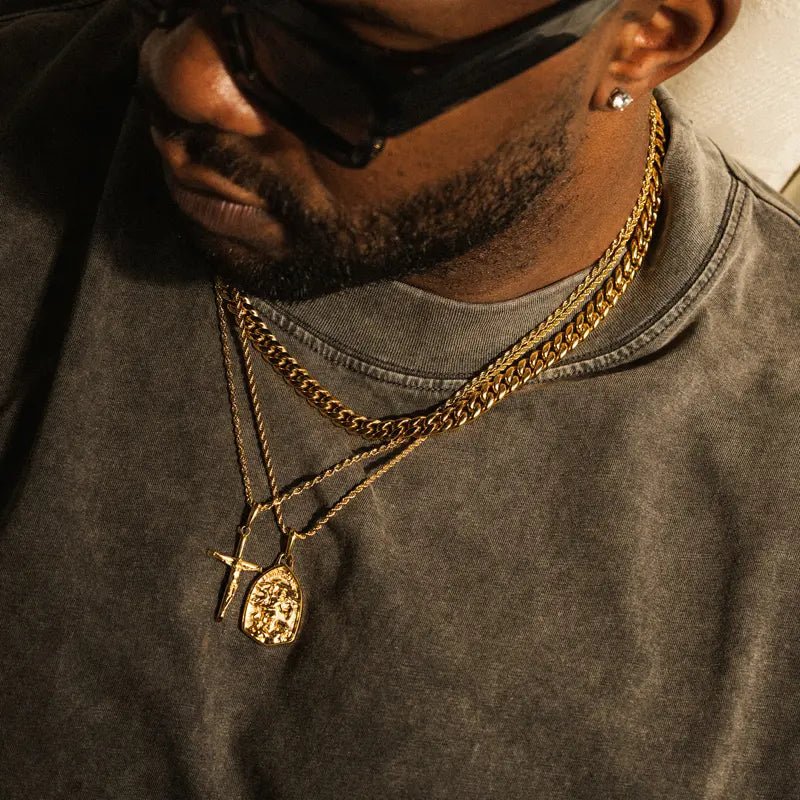







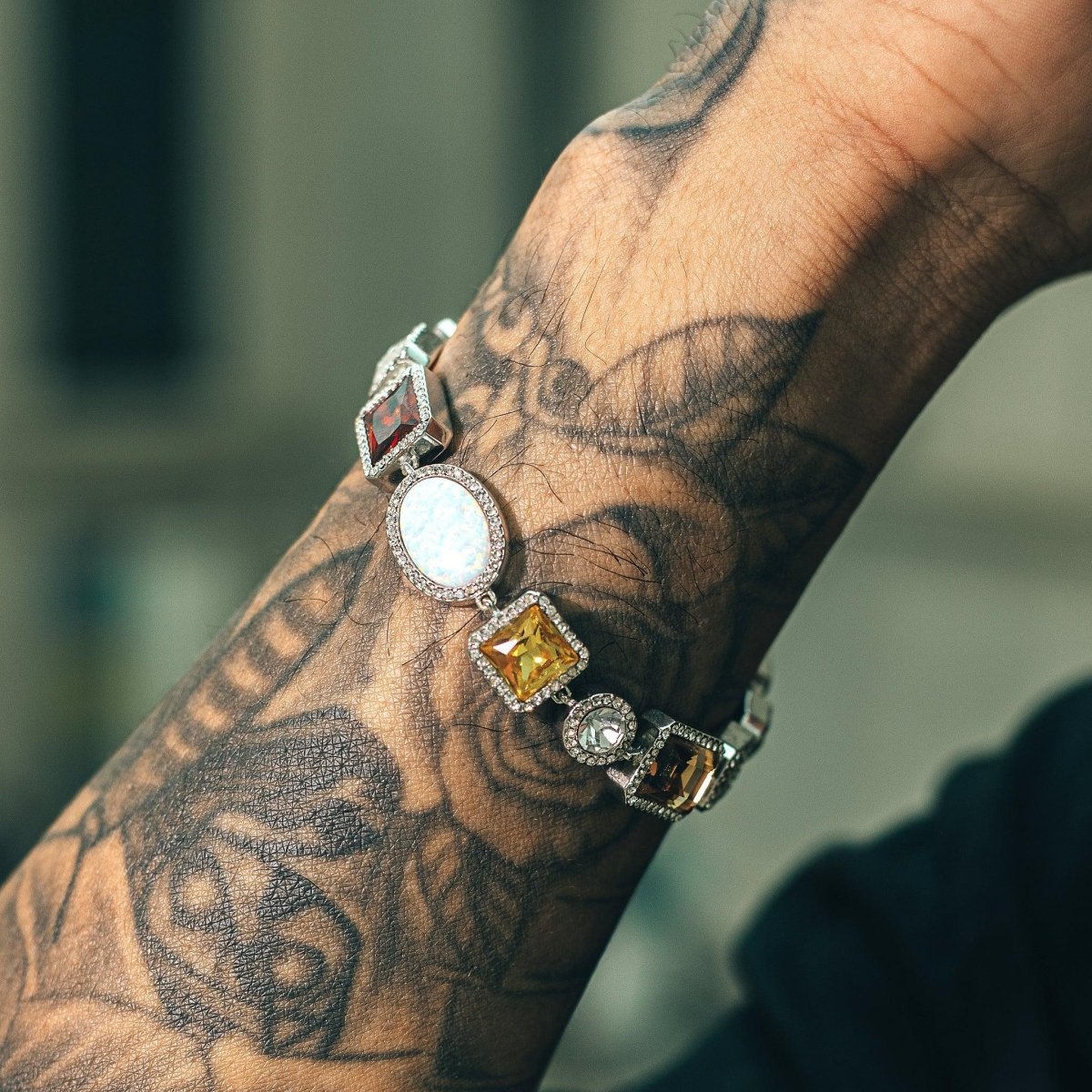
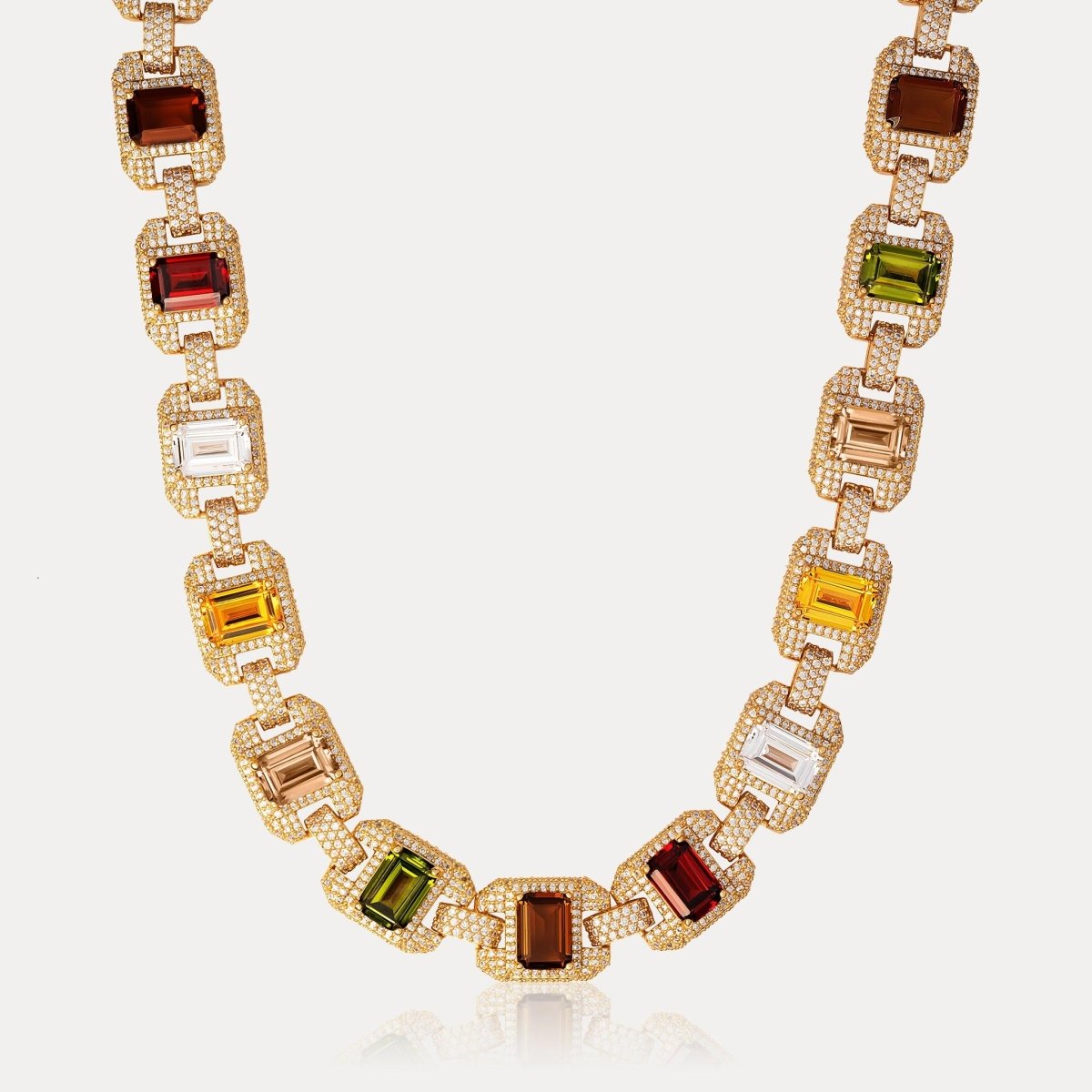



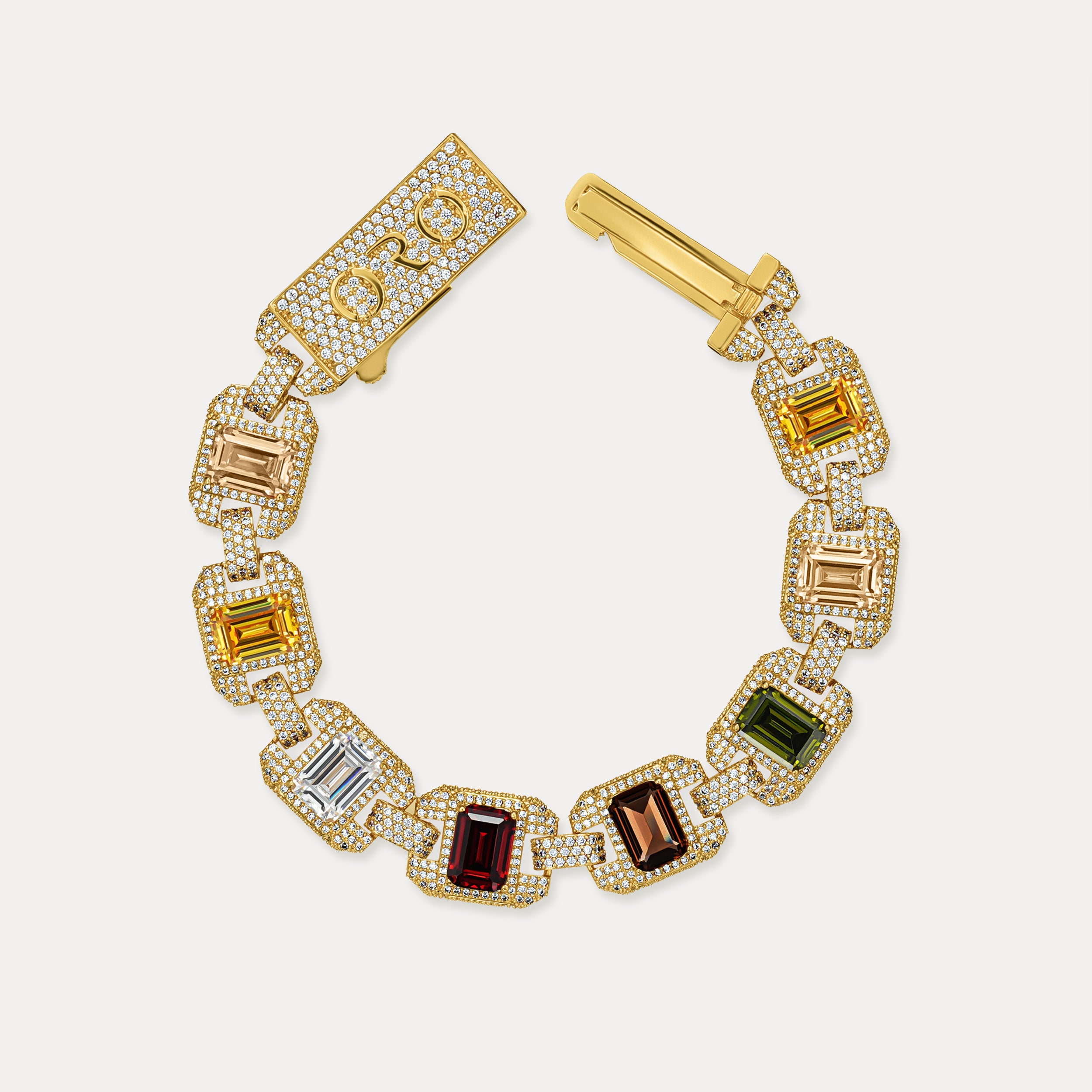












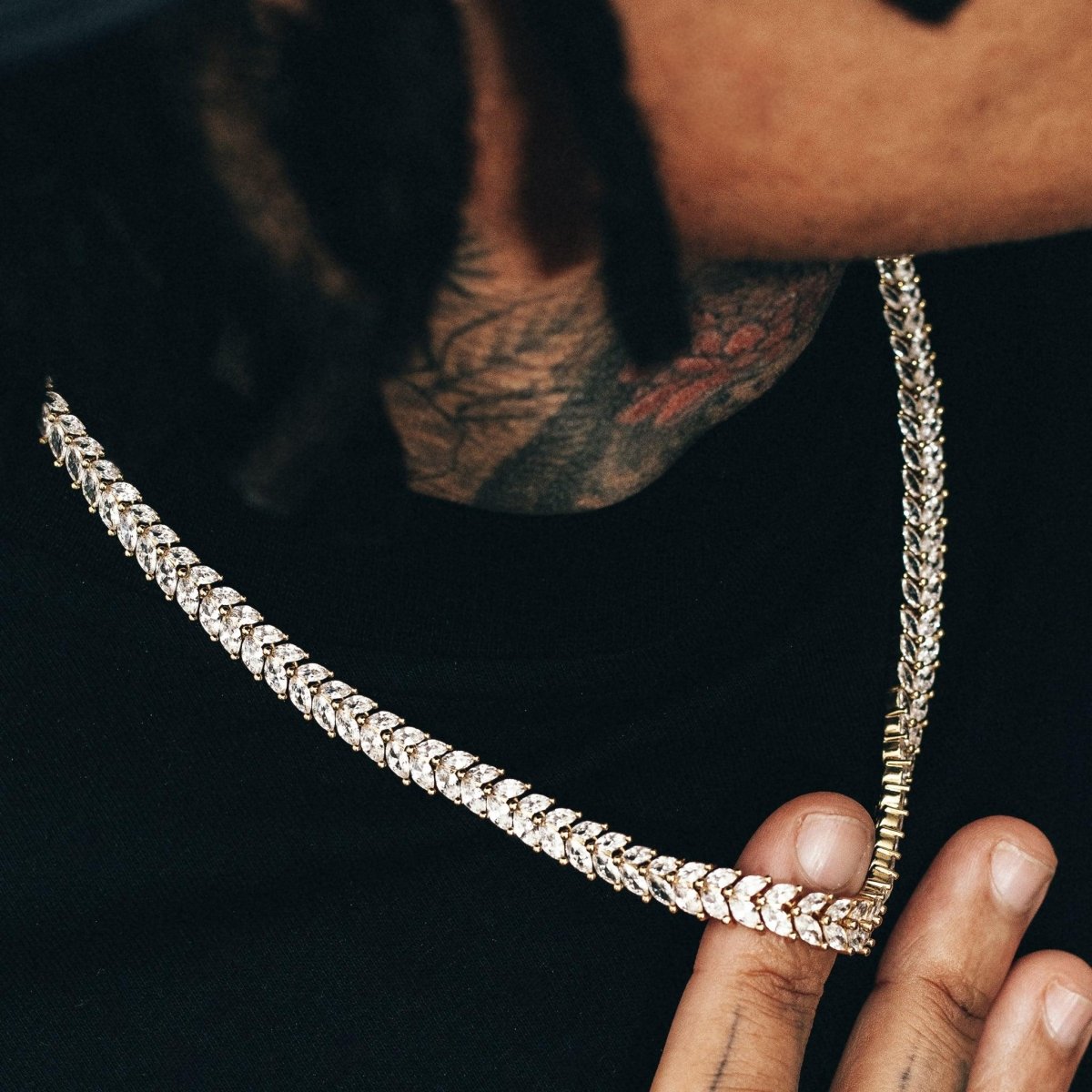






Leave a comment
This site is protected by hCaptcha and the hCaptcha Privacy Policy and Terms of Service apply.